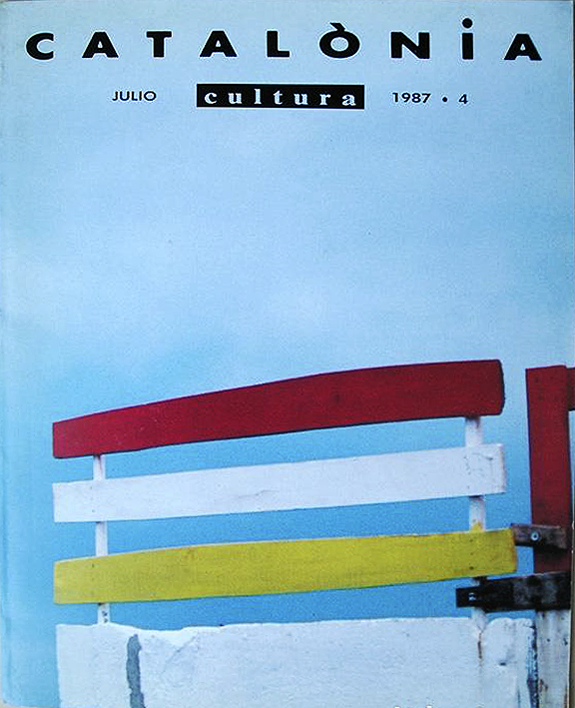
«Museu d’Art de Catalunya»
Catalònia cultura, julio, 4, 1987, págs. 20-21.
People are nothing without their history. And of history, apart from the present, all that remains ore the literary and artistic records. Catalonia is a land of creativity, one with a feeling for the arts; the Catalan people have always found in art the very reason for their existence at the some time as they use it as a medium of expression of their sentiments and of they way they see life and everyday reality. The Museu d'Art de Catalunya is the maximum exponent of this wish to turn paintings and sculptures into something more than just aesthetic objects. The museum's birth reflects the Catalan Renoixenca, which, from the nineteenth century on, with ups and downs and differing political, sociological and ideological significance, has led Catalonia to search for its cultural roots in the medieval world. For this reason, the Museu d'Art de Catalunya, looking out from Montju'ic over one of the most impressive views in Barcelona, has become the seat of the most important collection of medieval art in the world. The impressive collection of mural paintings that historical events left in the valleys of the Pyrenees, ore now the real treasures of the museum. ' Visiting the museum's halls, we not only enter a highly stimulating world of images, but also the thoughts and feelings of those men who, during the twelfth and thirteenth centuries, were forging the cradle of western civilization. But to be able to appreciate the full grandeur of this Romanesque art, nothing better than to look at the exhibits through the eyes of modern man, following the example of Picasso, Miro and many other artists. Romanesque art, whether the paintings carried out on walls or those done on wood, in no way responds to the laws of visual logic. Its aim was not to represent what man saw every day: the hills, the trees or the objects of his dreary day to day life. Romanesque art -the art we can admire in the museum's halls- moved away from what was immediate and individual to search for the perfection of the infinite, of that which has neither beginning nor end, of the perfect image of divine beauty[…]( Joan Sureda, de «Museu d’Art de Catalunya»).